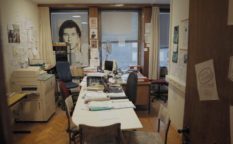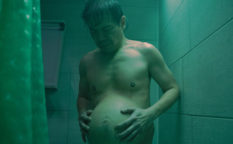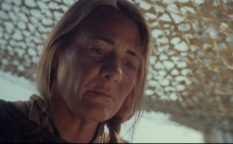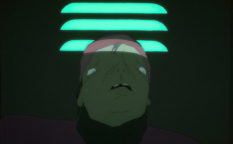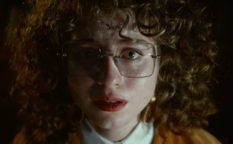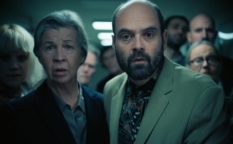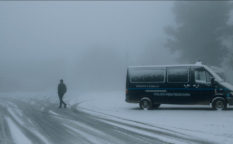Dragan Jovicevic: “What I enjoyed the most about making this film was its unexpected nature”
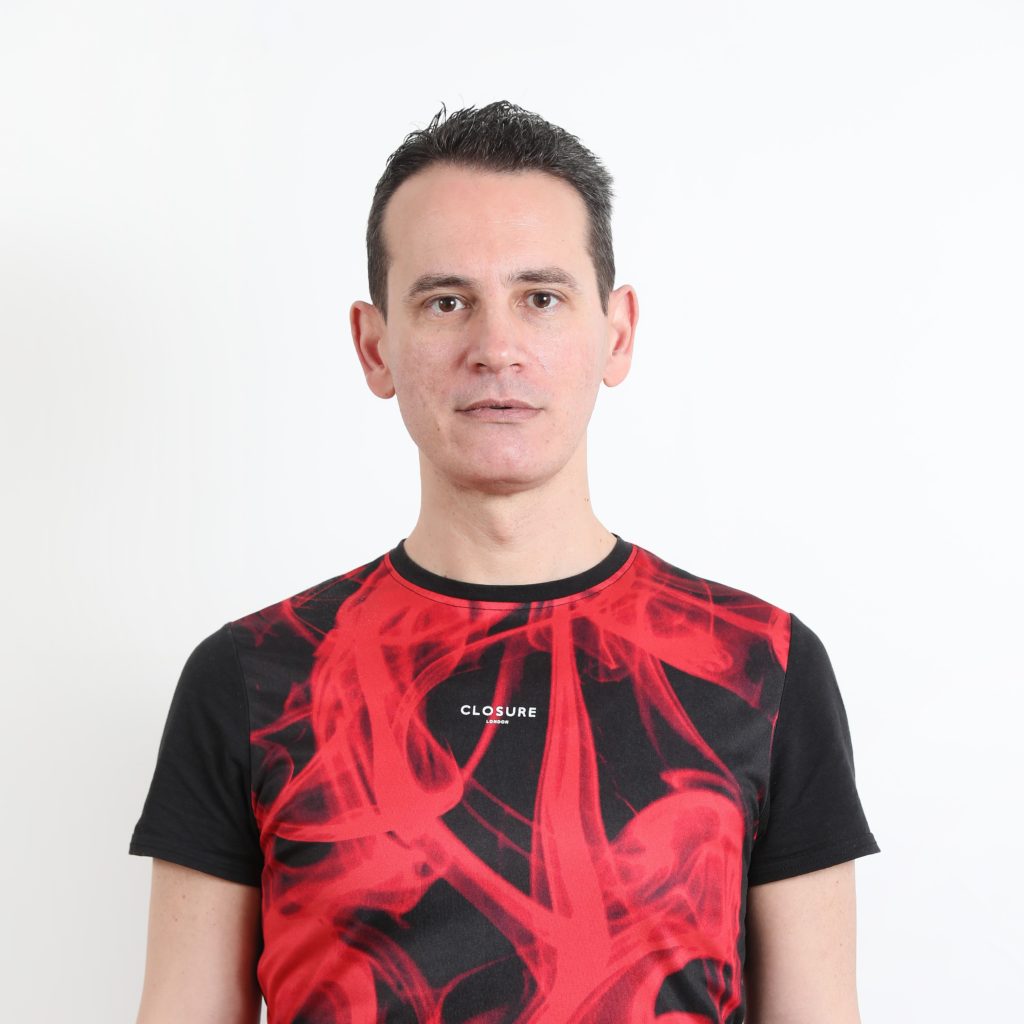
With Warm Film, Serbian film critic-turned-filmmaker Dragan Jovićević turns his lens toward a subject long neglected in the region’s cinematic discourse: the presence of queer representation in Serbian film history. Through a carefully assembled mix of archival footage, personal testimonies, and sharp critical insight, Jovićević offers a documentary that is as much a cultural reckoning as it is a call for visibility. We spoke with him about the motivations behind the project and what lies ahead for queer voices in Balkan cinema.
What motivated you to explore this theme of queer representation within Serbian cinema?
Actually, I didn’t plan to make the film this way. However, I conducted some research, which actually revealed that there were no queer films in Serbian cinema throughout the decades. So, I started to ask myself what had happened in the past, especially after the Second World War, in the era of early cinema in Yugoslavia. I mean, you know, queer people actually lived then. Did they have any kind of representation in cinema? And that was, of course, one part. That was my research. The second thing is that I had already conducted some research before, in which I attempted to reconstruct or rehistorize Serbian cinema from different perspectives. Ten years ago, I did it from the perspective of fantasy. I actually tried to find any kind of fantasy in Yugoslavian film and what it actually meant during the decades. A couple of years ago, I completed my PhD in film studies, focusing on film genres after war. I wanted to research the evolution of genre and how it was modulated in the postmodern cinema era, particularly after the war. We had three wars during the 90s. And you could sense it in the cinematography of that time.
However, what I enjoyed the most about making this film was its unexpected nature. Every kind of discovery, every little discovery of queerness in cinema. And, of course, when you see some films that were made half a century ago or more, they look completely different. And that was so funny to me, to find some hidden moments of queerness in those older movies. Even when it was not intended at all.
How many films did you find?
About 65. However, I must admit that some time after I finished the film (and that was two years ago), I found a couple more, as we now have 3 or 4 new channels with archival films. Sometimes I watch them because I dislike cinema nowadays. It’s terrible. And so I actually go to the past and watch some old ones. Of course, it’s also from America and from France. But when I watch some films from Yugoslavia, I am surprised to see what they actually put in the film.
How did you select the films that you were going to use for the movie and the ones that didn’t make the movie?
I worked on this film for six years. It was a very long process, especially since we spent two years in the editing room. It’s difficult to say how I actually chose the films, as I had to think a lot about what I needed and what I didn’t need for the film. But I didn’t want to censor some films. What I wanted to do was examine the same phenomenon from different perspectives. So I wanted a man with wigs, real gays, gay villains. I tried to construct the film in a way that was equal. And that’s how I made the decisions. Because when you discover 65 films, you cannot fit them all into one film. You have to make choices. I think I ended up using 37 of them.
Was there a moment in Serbian film history that you found especially revealing or overlooked in terms of LGBTQ+ visibility?
Yes. I love three moments.
In the 1980s, we had the absolutely queer film Spy in High Heels. It’s about a tough policeman who has to go after a gay gang. It’s an amazing comedy. It’s vulgar in a way, but it was actually a completely queer film. And I really love it. I actually wanted to remake that film, but I’m still considering it. Then in the 90s, I really loved what Želimir Žilnik did with his film Marble Ass. He wanted to show us this underground scene, where queer people exist completely free. It was an open space for a generation of trans women who lived in Belgrade and played a significant role in society at that time. And then, of course, the times changed. And in 2009, The Life and Death of a Porno Gang showed an absolutely different perspective on queerness. It was violent in a way, but very raw and very truthful. That was the reality back then.
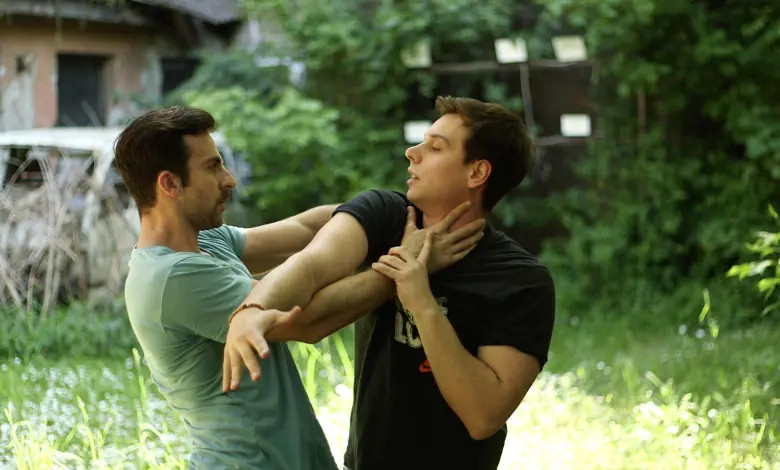
Did you face any resistance while making this film? Social or institutional?
At the beginning, one tabloid attacked us for making a film about homosexuals. But at that moment, I didn’t know what the film would be about, as we had just received the money from Film Centre Serbia. And so Film Centre Serbia announced on their website which projects were funded. And then it was complete craziness because they said they’re making a gay film. And so “they had to die.” But as the author of the script, I still had no idea what I was going to do. I was at the beginning of the process, and who knows what will happen in the end? The amusing thing was that when we had our huge premiere in Belgrade, the same tabloid wrote that it was probably the biggest documentary we had ever had. So they totally turned around. I don’t know what happened in the meantime because it was six years later. Perhaps the editors made changes or something similar.
I must admit that we received amazing reviews in Serbia and that people love the film. It was shown at many film festivals here, and this is actually its second screening at the Palić Film Festival. Of course, this is in Serbia, but the other festivals also surprised me. This film won two awards in Torino. From the jury and from the audience. Then at KASHISH in India, Mumbai. It’s one of the biggest queer film festivals in the world. It went to London. Those festivals surprised me because I didn’t know if other cultures would understand. Especially in India. I read some reviews. OK, it was in Hindi, but I used Google Translate. And I was really touched by what they wrote about the film.
What impact do you hope Warm Film can have on the future of Serbian cinema?
I would love to make an influence. On the other hand, I have noticed that this new generation of directors, who have just finished university, approach the theme of queerness in a completely different way. I was in some commissions for new films, and I read several scripts in which some gay elements are completely normalised. So, I think that they will change the reception of queer elements in films. But then, of course, we have this whole generation that still hates queer films. They have never produced them and they never will.

